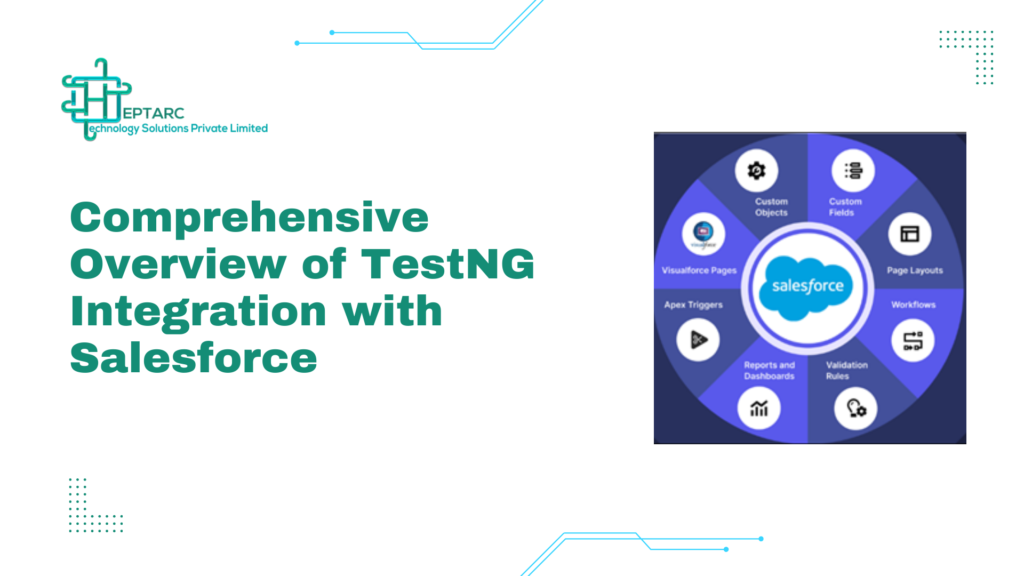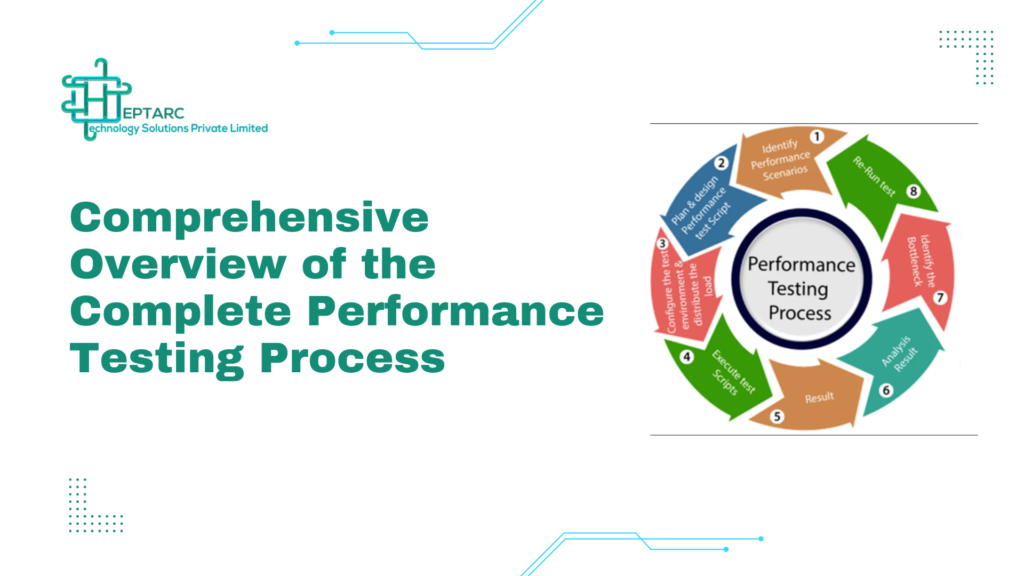Introduction
In today’s digital landscape, email marketing remains one of the most effective channels for engaging customers. Salesforce Marketing Cloud (SFMC) provides powerful tools for creating and managing email campaigns, and email templates play a critical role in this process. A well-designed email template can enhance user experience, boost engagement rates, and ultimately drive conversions. In this blog, we’ll explore best practices for creating effective email templates in Salesforce Marketing Cloud, ensuring your campaigns are visually appealing and deliver the right message to the right audience.

Table of content
- Introduction
- Best Practices for Email Templates
- 2.1 Design and Layout
- 2.2 Personalization and Dynamic Content
- 2.3 Mobile Optimization
- 2.4 Testing and Analytics
- Conclusion
Best Practices for Email Templates


1-Design and Layout
- Keep It Simple: A clean and uncluttered design helps convey your message more effectively. Limit the use of colors and fonts to maintain brand consistency.
- Use a Grid System: Employing a grid layout helps organize content and ensures that elements align correctly across different devices.
- Focus on Visual Hierarchy: Use headings, subheadings, and imagery to guide readers through your content. Highlight important information through size and color contrast.
- Include Clear Calls to Action (CTAs): Make sure your CTAs are prominent and direct. Use contrasting colors to make them stand out and ensure they link to relevant landing pages.
2-Personalization and Dynamic Content
- Leverage Subscriber Data: Use the data you have about your subscribers to personalize emails. Address them by name and tailor content to their preferences or past behaviours.
- Dynamic Content Blocks: Utilize dynamic content blocks to deliver personalized experiences based on specific criteria, such as location, purchase history, or engagement level.
- A/B Testing: Experiment with different subject lines, content, and layouts to determine what resonates best with your audience. Use SFMC’s A/B testing tools to analyze performance.
3-Mobile Optimization
- Responsive Design: Ensure your email templates are responsive, meaning they automatically adjust to different screen sizes. More than half of emails are opened on mobile devices, so it’s crucial that your design looks great on smartphones and tablets.
- Use Scalable Images: Make sure images resize properly on various devices. Avoid large file sizes that may slow down load times.
- Touch-Friendly CTAs: Design buttons that are easy to tap on mobile devices. Ensure they are adequately spaced to prevent accidental clicks.
4 Testing and Analytics
- Preview and Test: Always preview your email template on different devices and email clients before sending. Use SFMC’s preview functionality to see how your emails will look in various scenarios.
- Monitor Performance Metrics: After sending your email campaigns, track open rates, click-through rates, and conversions. Use SFMC’s analytics tools to gather insights and adjust future campaigns accordingly.
- Feedback Loop: Encourage recipients to provide feedback on their email experience, helping you refine your templates further.
CONCLUSION
Creating effective email templates in Salesforce Marketing Cloud requires a blend of design, personalization, and optimization strategies. By following these best practices, you can enhance user experience, drive engagement, and improve your overall email marketing performance. Remember that the key to successful email campaigns lies in continuous testing and adaptation based on performance data. By staying attuned to your audience’s needs and preferences, you’ll be well-equipped to achieve your marketing goals. Happy emailing!














February 1, 2024
0 comments